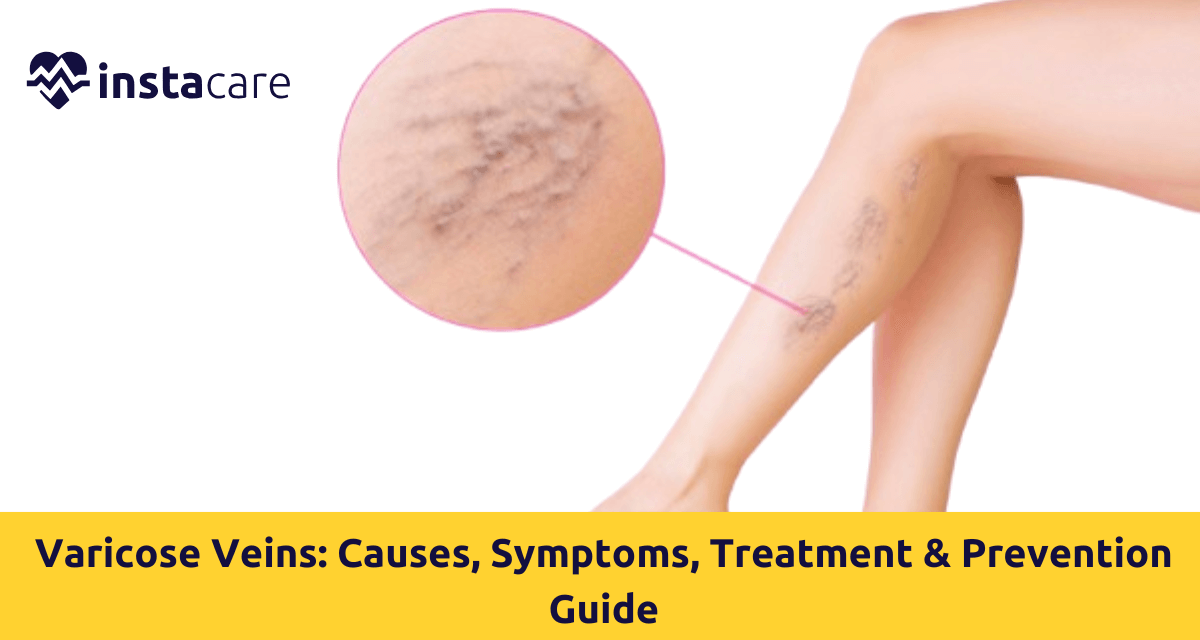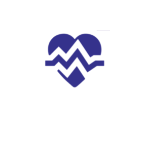One of the globe's most universally spread vascular illnesses that afflict millions of people around the world, varicose veins consist largely of enlarged and blocked veins or varicose veins that dominate chiefly on legs and feet and astonishingly due to venous wall weaknesses and defective valves. Although the so-called beauty imperfection behind the disguise of a disease, varicose veins also induce pain and cramp and possibly life-threatening ailments if not treated.
Whether pain is produced because of the ugliness of veins or gives you a sort of aching pain, information about the causative factors of varicose veins, symptoms, treatments, and prevention tips to prevent their occurrence is needed in order to cure varicose veins. The revolution in the medical technology and home remedies has brought easy and effective techniques than ever before to cure varicose veins.
What are Varicose Veins?
Varicose veins are dilated twisted and enlarged veins that have developed under the skin. Varicose veins will be susceptible to occur on legs because understanding and walking conditions, lower leg veins become compressed. Common veins have one-way valves which will never let the blood return back. Where there is bursting or weakening of the valves, then blood will be permitted to settle down in veins and develop them varicose.
Milder is the condition of varicose veins that is referred to as spider veins, or blue or red small superficial vessels. Venous insufficiency, Spider veins vs varicose veins vary in visibility, severity of symptoms, and caliber.
Causes of Varicose Veins
Varicose veins are caused by a combination of lifestyle, environmental, and genetic factors. The following are some of the most common causes of varicose veins:
- Age: Your body's normal wear and tear with advancing age on your valves causes them to become less strong.
- Gender: Women are more prone to developing varicose veins with the hormonal changes of pregnancy, birth control, or menopause.
- Genetics: Heredity plays a role with a family history of varicose veins increasing your risk.
- Pregnancy: Pregnancy varicose veins are normal since the uterus squeezes the inferior vena cava, a big vein on your right side of your body.
- Obesity: The more weight, the greater the pressure on your veins.
- Stand or sit for a very long time: This restricts the blood to circulate freely, therefore venous pressure.
- Chronic Venous Insufficiency: Disease if the veins do not push the blood to the heart easily, thus leading to varicose veins in the long term.
The moment you are aware of such causes, you begin preventive measures at the start.
Some Varicose Veins Symptoms
Varicose veins may begin as a cosmetic problem but further develop towards other more complicated disorders later on. Among the frequent signs and symptoms most readily associated with the condition are:
- Purple or blue crooked, distended veins near the skin surface
- Pain, aching, burning, or throbbing of the legs
- Fatigue or heaviness of the legs, particularly after standing for an extended period of time
- Swollen ankles and lower legs
- Itching over one or more veins
- Ulcer or color change of the skin in later stages
- Leg restlessness or nocturnal cramps
They worsen with the passage of time if untreated. Varicose veins complications are ulcers, clots, and chronic venous insufficiency, which have a highly destructive impact on mobility and quality of life.
What are Different Varicose Veins Treatment Options?
Treatment of varicose veins is currently non-surgical to surgical. Based on their severity, your doctor can advise one or more of the following:
Compression Stockings
The first treatment are compression stockings to squeeze varicose veins. Compression stockings wrap around legs and squeeze veins to force blood harder. Compression stockings for varicose veins decrease swelling and pain but never remove veins completely.
Lifestyle Changes
- Weight loss
- Lift legs
- Do not sit or stand for an extended period
- Exercise for varicose veins like pedaling, swimming, or walking
View More: Deep Vein Thrombosis (DVT)
Sclerotherapy
It is treated by injecting fluid into the varicose vein which will cause it to clot and seal off the vein. It is used in treating small veins and is administered in a doctor's office with little time required for recovery.
Laser Treatment of Varicose Veins
Laser treatment for varicose veins is the application of the intense light energy being absorbed along the vein to kill it and close it down. It never breaks the skin and other tissues because it is laser. It is also ideally designed for the treatment of spider veins and superficial veins.
Endovenous Ablation
It closes the diseased veins using laser or electrocautery heat. It is done with local anesthesia. It is best suited for large, varicose veins.
Varicose Vein Surgery
Surgery may be required in serious varicose vein cases, such as:
- Ligation and stripping: Venous stripping by small incisions.
- Ambulatory phlebectomy: Vein removal on the skin with micro-incision.
- Endoscopic vein surgery: In serious ulceraled cases.
All these with the aim of producing normal circulation and symptom relief.
Learn Some Home Remedies for Varicose Veins
Home remedies are a supporting hand to varicose vein treatment. They are not a cure but permit the pain to be present and prolong the process.
Natural Treatment for Varicose Veins are:
- Horse chestnut extract: Helpful in reducing swelling and pain in the legs.
- Witch hazel: Natural astringent that works against swelling.
- Apple cider vinegar: Can be helpful to circulation if applied topically.
- Essential oils: Lavender or tea tree massaged to minimize swelling.
Daily Routine
- Elevation of the legs: Reduces venous pressure and enhances circulation.
- Low-impact exercise daily: Tones vascular system of the legs.
- Hydration and fiber: Prevents constipation and excess venous pressure.
- Don't wear tight clothing: Loose clothing will facilitate blood flow.
Natural varicose vein treatment can be coupled with medical treatment for additional effects.
Prevention Measures of Varicose Veins
Prevention of varicose veins is largely based upon correct flow and prevention of undue stress upon your legs. Beneficial measures are:
- Stay Active: Regular movement keeps blood flowing correctly.
- Lift Legs Daily: Particularly after long standing or sitting.
- Keep Healthy Weight: Reduces strain on veins and minimizes danger.
- Avoid Prolonged Sitting/Standing: Take breaks every 30 minutes to stretch.
- Wear Compression Stockings: Especially if you’re on your feet all day or at risk during pregnancy.
- Restrict High Heels: Low-heeled or flat shoes must be worn to aid in better circulation.
- Eat Balanced Diet: With antioxidants, fiber, and water.
Following these daily routines averts varicose veins formation or post-treatment recurrence.
Conclusion
Varicose veins are more than just a cosmetic problem; they also bite into comfort, mobility, and vessel integrity in the long run. Varicose veins diagnosis and early signs of varicose veins such as swelling, heaviness, or noticeable veins makes intervention at the proper time easier. There are numerous new options today, laser treatment of varicose veins to classic varicose veins surgery, that hold the added potential to regain appearance and function alongside.
Please book an appointment with the
Best Dermatologist in Lahore, Karachi, Islamabad, and all major cities of Pakistan through
InstaCare, or call our helpline at 03171777509 to find a verified doctor for your disease.

